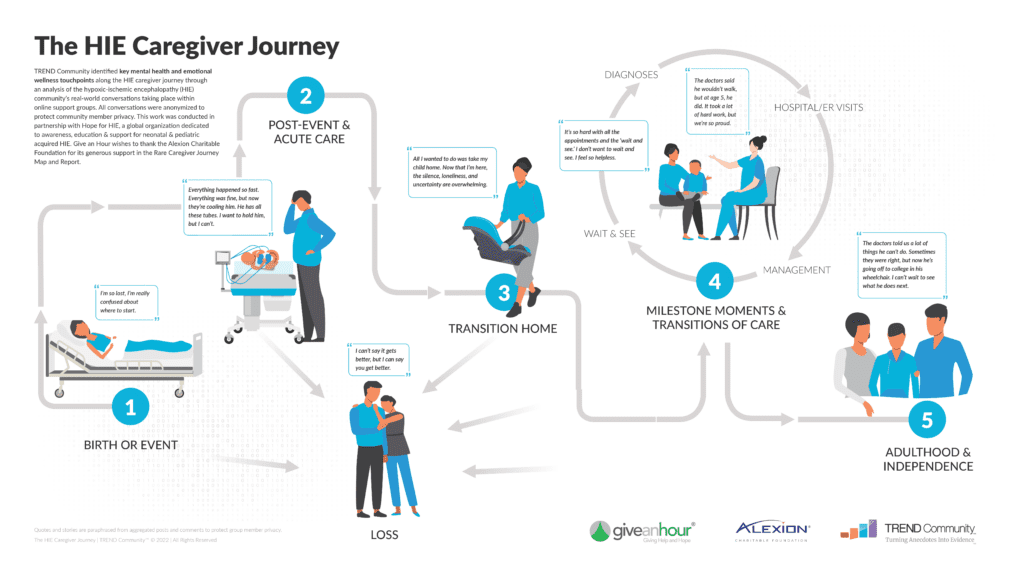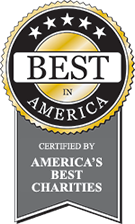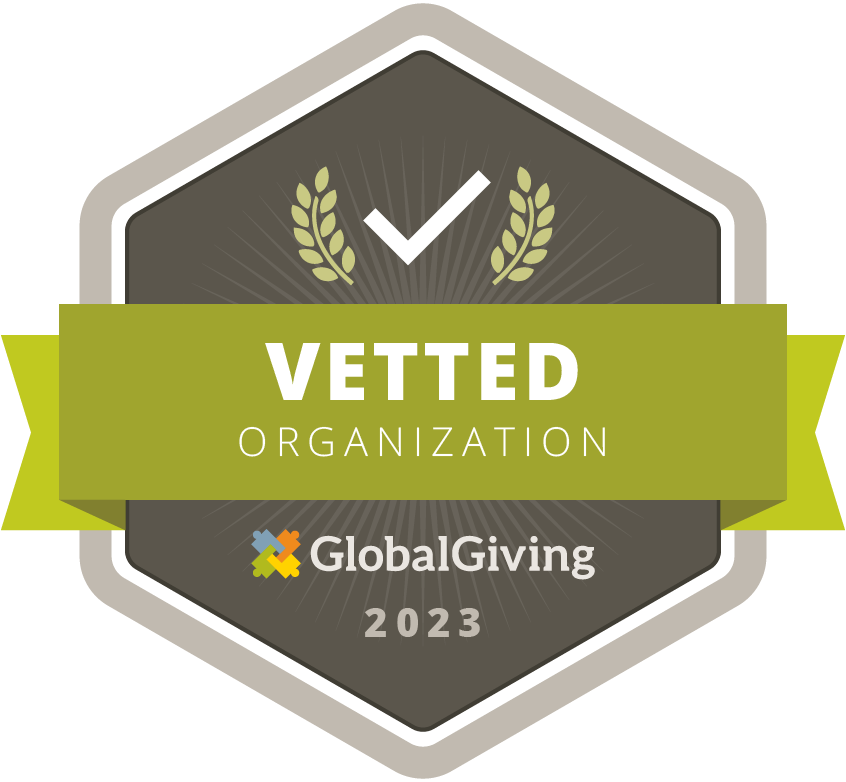The definition of a rare disease is a disease or condition that affects less than 200,000 people in the U.S. And while the journey of a patient with a rare disease is usually rather well-defined (i.e., it begins with a diagnosis and carries through until the end result), the journey of a rare disease caregiver is distinctly different from the patient’s experience and not nearly as predictable.
Give an Hour wants to help ease the burden of these rare disease caregivers and make their experiences a bit more manageable by offering mental health and emotional wellness support when and where it’s needed. To do this, Give an Hour is partnering with TREND Community to map the rare disease caregiver journey.
Social Listening Offers Insight
TREND Community is a software analytics company who leverages data from social listening to uncover unmet needs, quantify caregiver experiences and inform behaviors. They have an ethical framework for using social listening within closed groups, whereby TREND only has access to anonymized information and conversations and never sees any identifying information. They have a Facebook-approved app and also must have approval and access from the private Facebook group admins who then launch the TREND app within their respective groups.
Many rare disease caregiver communities have self-organized on social media platforms already so this presents a gold mine of information for this innovative approach to understanding their mental health and emotional wellness needs.
“Rare disease caregivers are already coming to social media for peer support,” said Maria Picone, founder and CEO of TREND Community. “They’re often more comfortable sharing on social media where there is a feeling of anonymity versus in focus groups.” This readiness to share provides a lot of insight into varied experiences and offers Maria and her team opportunities to expand the data in many directions, enabling them to narrow down the types of support that make sense.
The Journey Begins
TREND Community begins each new project by studying one rare disease with pre-defined groups. In the case of their work with Give an Hour, they are studying caregivers of patients with hypoxic-ischemic encephalopathy (HIE), which occurs during childbirth when a baby’s brain is deprived of blood and oxygen.
They start by studying the scientific literature; however, they often find there is a gap between the literature and what is taking place in the day-to-day lives of these families. For example, the caregiver can describe what is happening from their perspective but may not know their experience has a medical diagnosis. Their work helps bridge this gap so medical professionals can assist by putting a “name to a face,” so-to-speak.
The next step is to identify different touchpoints or “events” where help is needed the most for rare disease caregivers. Exploratory in nature, this process allows Maria and her team to discover conversations that are occurring. This part of the process relies on partnerships with community stakeholders. In this instance, TREND and Give an Hour worked with Hope for HIE, a nonprofit organization that promotes awareness, education and support for HIE, to identify the following touchpoints:
- Birth event (diagnosis)
- Post-event (i.e., NICU – parents miss out on bonding)
- Transition home from hospital (no longer have care of medical team, social workers, etc.)
- Milestone moments and transitions of care (i.e., birthdays, developmental milestones)
- Adulthood (levels of independence)
- Loss (loss of life, loss of independence)
These touchpoints are a great place to start when listening for commonalities and differences that might lead to areas of greatest concern when determining the mental health and emotional wellness needs of these caregivers.
 “We start with a bottom- up listening approach when we analyze data to understand what matters most to our communities,” said Maria. “We also engage with members of our community because it’s important that they buy-in and validate our work.” It’s an iterative process and things like using the correct language are vital to ensuring that the lived experience of each community is respected.
“We start with a bottom- up listening approach when we analyze data to understand what matters most to our communities,” said Maria. “We also engage with members of our community because it’s important that they buy-in and validate our work.” It’s an iterative process and things like using the correct language are vital to ensuring that the lived experience of each community is respected.
Mapping Results
In addition to the touchpoints outlined above, data revealed commonly used language among rare disease caregivers like depression, guilt and anxiety. Give an Hour was able to parlay this into appropriate training opportunities for both the caregivers and the medical professionals who work in their communities.
Thus far, data from this novel partnership between Give an Hour and TREND Community showed the necessity to offer specialized training for licensed mental health providers to discover the nuanced needs of this specific population who revealed some trust issues with the medical community. Interpretation of the data also resulted in several peer support training courses and emotional wellness workshops for rare disease caregivers so they can identify the Five Signs of Emotional Suffering and know when it’s time to seek self-care or self-compassion-related opportunities.
Stay tuned … In November, we will interview Mary-Ella Majetich, a Give an Hour ambassador who is a rare disease caregiver.
Funding for this work is made possible by an Alexion Charitable Foundation Rare Belonging® grant.




